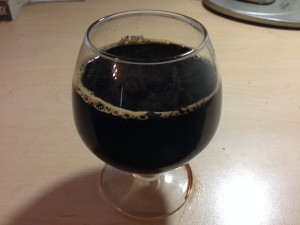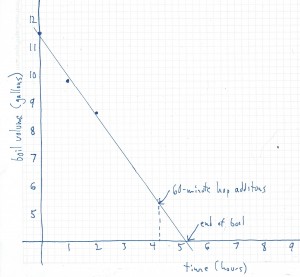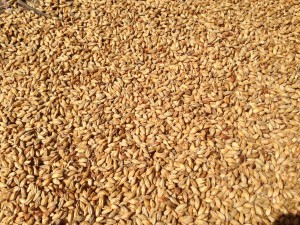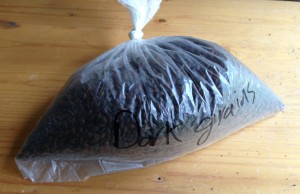This is the ninth article in my series on Russian imperial stouts.
 Once primary fermentation has finished, it’s time to condition — and possibly age — the beer. For the purposes of this article, I’ll define conditioning as the process of aging the beer so it loses its green character and becomes drinkable. I’ll define aging as storing the beer beyond that point, in the hopes of developing characters that can only be acquired over time. Before I discuss conditioning and aging, however, I want to describe one important test that should be done whenever you make a big ale.
Once primary fermentation has finished, it’s time to condition — and possibly age — the beer. For the purposes of this article, I’ll define conditioning as the process of aging the beer so it loses its green character and becomes drinkable. I’ll define aging as storing the beer beyond that point, in the hopes of developing characters that can only be acquired over time. Before I discuss conditioning and aging, however, I want to describe one important test that should be done whenever you make a big ale.






Recent Comments